Readers love the ending of stories, but do you feel like you don’t know how to write a really good ending?
It may seem a little odd to talk about story endings when you haven’t even started writing. Deciding on the type of ending you want, however, is an important part of planning a book.
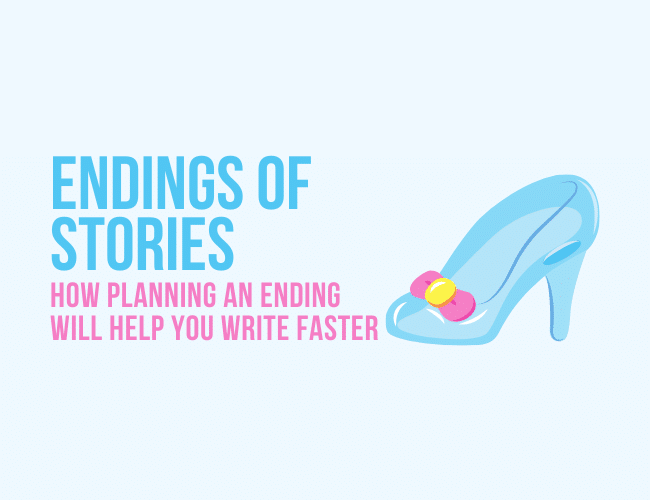
You usually wouldn’t drive somewhere without a destination in mind. Knowing how your story ends will help you work out the important plot points in between, all the plot twists that eventually lead to that climatic moment.
But how exactly can you write a great ending before the story is even written? Let’s take a look at the essentials an ending must accomplish in order to write a satisfying ending to a great story.
Knowing these common types of endings, and how to decide what endings work best for your story, will bring your character arcs and story full circle. Let's look at how to do just that.
This article is an excerpt from my new book The Write Fast System.
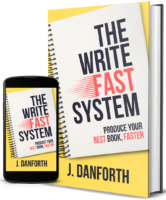 Want to finish your best book faster? Get our new book, The Write Fast System, today (on sale for a limited time)!
Want to finish your best book faster? Get our new book, The Write Fast System, today (on sale for a limited time)!Get The Write Fast System – $2.99 »
How to End Your Story, Explained by a Coach
Want to know how to write an ending for a story? There are two things you need to think about: how to come up with an ending that’s GOOD, and how to finish a story practically.
In this coaching video, Joe helps one author figure out how to write the end of a story, something she has always struggled to do.
3 Criteria for the End of the Story
There are a few things an ending must accomplish. Keep in mind that I speak about endings from the perspective of commercial fiction: fiction that moves the reader along, is entertaining to read, and puts plot and character above philosophy and literary prose.
Endings in literary and interpretive fiction may vary a little more in style. But if you’re looking to write a good story that sells, you will want your ending to meet the following criteria.
1. Your Book’s Ending Should be Logical
Have you heard the phrase Deus Ex Machina? It’s defined as “an unexpected power or event saving a seemingly hopeless situation.” In fiction terms, this means everything is suddenly and abruptly resolved by a previously unknown force.
A Deus Ex Machina is not a good way to end your book. It's convenient. And convenient conclusions end in bad reviews written by disappointed readers.
Instead, the ending to your book should come about logically.
While this doesn’t mean it should be 100% predictable, it does mean that you wrap up your story in a way that is surprising but inevitable. In other words, your reader can reason through and understand how the events of the story led to the final conclusion.
Here is an example of a predictable vs. unpredictable vs. Deus Ex Machina ending:
Predictable: A detective is trying to solve a murder. He finds all the clues that point to person A with the help of person B, and it turns out to be person A in the end.
Unpredictable: A detective is trying to solve a murder. He finds all the clues that point to person A with the help of person B. Murderer turns out to be person B, who has been planting the evidence.
Deus Ex Machina: A detective is trying to solve a murder. He finds all the clues that point to person A with the help of person B. The murderer turns out to be person C, someone completely unrelated and who shows up at the last minute—with no warning to reveal themselves.
Notice that the unpredictable ending enables the reader to look back at the story and think, “Ah, now that makes sense,” whereas the Deus Ex Machina ending elicits the “Where did that come from?” response.
When your ending isn’t logical and doesn’t follow the reason, you risk leaving your readers feeling cheated for having read a whole book that has little to do with the final result.
2. Your Book’s Ending Should be Satisfying
The simplest way to write a satisfying ending is to resolve a secret or question that remained a mystery throughout the plot. This means that whatever questions are raised during the story—the ones that left the reader wondering something important—should be answered.
Better yet, these answers should tie back to clues or plot elements that were set up earlier in the story.
Take another look at the detective in our mystery novel example.
The main character is trying to solve a murder, so obviously the reader expects the murder to be solved at some point. The “whodunit” needs to be answered at the end. The kinds of answers may vary, but the ending needs to identify the murderer in order to have a resolved ending.
Here are a few ways the ending can go:
Satisfying/Predictable: The detective finds the murderer successfully.
Satisfying/Twist Ending: The detective solves the mystery, but it turns out the murderer has committed an elaborate suicide to frame someone.
Unsatisfying: The detective chases the clues to a dead end and at the end still doesn’t know who killed the victim. This might come in the form of a cliffhanger that doesn't tie up important questions in the book, or an ambiguous ending that doesn't resolve major plot points.
Note: You can include cliffhangers or ambiguous endings in a book, but only if you resolve the major questions driving the hook for the story. If you write these types of endings in a way that requires readers to read the next book, you'll probably annoy them more than intrigue them. Readers need the answers to the big questions in the book they're reading.
You need to write stand-alone books with series potential, not books dependent on their sequels.
While there is definitely literature out there with “unsatisfying” endings, you’re more likely to alienate readers in commercial fiction if you don’t give them an answer to the big question.
No one wants to read a whole book and be left feeling like nothing was resolved, even if that last line is unforgettable.
3. Your Book’s Ending Should Have a Sense of Finality
The end of your book should feel like, well, something ended.
The major crisis is averted. The princess is saved. The quest is over. The battle is won. Something that started at the beginning of the book is now over.
While this might seem pretty obvious for standalone books, you may find yourself asking “What about a series? What if my story goes on?”
The global story for a series doesn't need to end for a book to have a sense of finality. However, each book does need to reach its own climax: we need to see a protagonist get or not get what they want (their story goal) in the end. Each book needs its own ending.
For example, every book in Harry Potter series ended with a climatic event that occurred at the end of the school year. Each book of the Lord of the Rings contains its own battle for survival, even if Frodo and Sam hadn't reached Mount Doom yet.
Tying up a book in a series is much like tying up a scene—the story goes on, but whatever happened in this part of the story is over and done with.
5 Types of Endings for Stories
There are numerous books, articles, and schools of thought out there on the many types of endings. And there are comedic vs. tragic endings, resolved vs. unresolved endings, ambiguous vs. tight endings, to name a few.
There are no wrong ways to categorize endings, but for the purposes of this article, I prefer to speak from the point of view of planning. To do this, I want you to consider five types of endings for your book before you start writing.
You may end up with an ending that encompasses traits from more than one of these, but they are a good starting point for planning.
1. Complete Resolution
Also known as a happy ending. However, I dislike that name because the Complete Resolution isn’t always “happy.”
In Complete Resolution, all questions are answered, all loose ends are tied up, and all subplots are resolved. This type of ending is commonly used for standalone novels of all ages and genres.
When planning for a Complete Resolution ending, it’s important to keep track of all your subplots and plot elements to ensure that nothing is left hanging at the end. If a question is raised, it must be answered.
For example: Pride and Prejudice has a Complete Resolution. All loose ends are tied up, all couples are together, and all questions answered. The readers are left feeling satisfied that every problem has been resolved.
2. Incomplete Resolution
This is the kind of ending that’s usually more fitting for a series. As stated above, endings for individual books in a series usually leave something open in order to lead into the next step of the bigger story.
When planning for an Incomplete Resolution, it’s important to know what threads you want to tie up and what you want to keep open.
A good rule to keep in mind is to tie up subplots while leaving the main plot open to lead into the next book.
For example: Every Harry Potter book except the final one has an Incomplete Resolution. The school year is tied up and there's usually some kind of conflict resolved or a mystery solved, but the question of what will happen with the looming return of Voldemort remains unasnwered.
3. Changed World
In this kind of ending, the external world/environment/life that the main characters start out with is no more. This is usually due to factors outside of the characters’ control. A few examples are natural disasters, being uprooted to a different city or country, or entering a new family.
The main focus of a Changed World ending is how your main character responds to their new situation. Their response could be a good one (acceptance, excitement, looking toward the future) or a bad one (denial, anger, mourning the past), but no matter how they react, the ending emphasizes that the past isn’t coming back, and the main character must decide how to move forward in their new situation.
When planning for a Changed World ending, consider your character’s personality and how they should respond to each step of the change their world is undergoing. Think about how you’re going to tie their actions early in the story to their ultimate reaction to the new state of their world.
For example: Star Wars, specifically Return of the Jedi, has a Changed World Ending. Luke and the rebels have defeated the empire and redeemed Darth Vader, and the galaxy has been irreversibly changed by these events. As the end, we see a scene of celebration, showing that the main cast is happy about this development, but there is still a sense of much to be done ahead to adjust to this new reality.
4. Changed Self
The Changed Self ending can be considered the counterpart to the Changed World ending. In this type of ending, your character goes through more internal than external change. Their environment or life in general more or less returns to its “normal” state at the end of the book, but they now see everything with fresh eyes because they are no longer the same person they started out as.
This type of ending can also be referred to as the Circular ending. But I prefer to focus on the change in self because I feel that places emphasis on the more important aspect of the story, which is character transformation.
When planning for a Changed Self ending, make sure to consider the impact the events in the book have on your character. Focus on the “how” and “why” of the character’s internal transformation and make sure that their thoughts and decisions ultimately point toward that change.
For example: My book Headspace has a Changed Self ending. In it, the main character, Astra, returns to her home after the events of the book. She finds that her house still looks the same as she left it several months ago, except now the daily, minute things of life seem unimportant because her perspective has changed.
5. Slice of the Future Ending—or Epilogue
Slice of the Future endings give the reader a peek into the life of your hero (or those your hero left behind) further down the road. It's common for this to be done as an epilogue. The reason I single out this type of ending is because planning for this kind of ending is a little different from the others.
Slice of the Future gives perspective on the events that took place in the book. When you end a story after the main conflict, your main character is still very much fresh from what they’ve just gone through.
In most commercial fiction, what takes place within the book is a relatively short event that encompasses anywhere from a few hours to a few years. When you fast forward in time, you are telling your readers, “this is how this event fits into the grand scheme of things.”
This type of ending can be quite tricky because your character’s future may not match the future your readers want for them. Some readers very much enjoy Slice of the Future, while others prefer for it to be left up to the imagination. It’s not uncommon for books that use this kind of ending to be criticized heavily for writing a future that “doesn’t fit the character/story at all.”
Not only that, epilogues are often viewed as undesirable for commercial fiction by agents and publishers, so you may want to consider how essential this peek into the future really is for the story.
If you want to plan for a Slice of the Future ending, try to consider the overall mood of your book. While you can’t please everyone, it’s worth taking time to ensure that the future establish is at least consistent in tone with the rest of the the story.
A comedy would be better served with a happy, bright future, while a tragedy would fit better with a future that is melancholy and perhaps bittersweet. By matching the mood, you can at least give your readers a consistent experience.
For example: Mockingjay (the Hunger Games finale) and The Handmaid's Tale have this type of ending/epilogue. Fan reactions to these endings have been mixed, ranging from very positive to terribly negative. It's worth reading these series, considering how the peek in the future fits into the story as a whole, and thinking about whether you want to follow their example.
How to Find Your Perfect Ending
Now we turn attention to your book.
Deciding on the type of ending you want helps give your book an overarching direction to follow. It’s much like drawing a rough sketch of what you want the final product to look like before you start adding details.
Keep in mind that rarely does an ending fit only one of the four categories listed above. The goal is not to pick one type of ending and force your story into the box, but rather decide on what it is you want to emphasize as the most important element of your book.
To determine what type of ending your book should have, ask yourself the following questions:
- What is my genre? Different genres may suit different endings. For example, comedy tends to have Changed Self endings, whereas epics tend to have Changed World endings.
- What do I want my readers to feel at the end of the book? Determine what you ultimately want to communicate to your readers to write the perfect ending.
- Which is more important in the book: the internal struggle or the external struggle? An externally focused book would benefit more from a Changed World ending, whereas an internally focused book would benefit more from a Changed Self ending.
- Do I want to end the book with a sense of immediacy or a sense of wistfulness? Think of this as whether you want to end the story with your hero still standing on the battlefield or telling the story to their grandchildren. The first leaves more room for interpretation, whereas the latter gives a greater sense of finality. If you want that greater sense of finality, a Slice of the Future ending might be what you want.
By deciding on your ending early, you not only have an overall direction for the plot of your book, but the tone and mood as well. Every step your story takes should lead your reader closer to the ending and the change that your character or story world takes.
Plan Your Ending If You Want to Write Faster
While some writers enjoy not knowing the ending of their book before writing, writers who want to write faster will benefit from knowing how their plot ends, and how their characters have changed because of their journey.
To help you plan your ending, call back on the five types of endings covered in this article. Ask yourself which one accomplishes the emotion you want your readers to feel in the end, and then write that ending.
Jot down the last line.
It's likely that if you feel good about your story's ending—and it provides answers to all your story's main questions—you'll have written an ending that will satisfy your readers.
What kind of story endings do you like? Let us know in the comments.
PRACTICE
Think about the book you’re trying to write and answer the following four questions. Take no more than fifteen minutes to do this.
- What is my genre?
- What do I want my readers to feel at the end of the book?
- Which is more important in the book: the internal struggle or the external struggle?
- Do I want to end the book with a sense of immediacy or a sense of wistfulness?
Now, using this information, write a short summary about your story's ending. Use this template to do this:
<Main Character>, having accomplished <Major Task/Conflict/Challenge>, is now at <Ending Location/Event>. <Main Character> plans to move forward by <MC’s decisions about future>. <Main Character> feels <emotion: happy/sad/relieved/angry/etc> about this situation.
If you're up for it, share your ending in the practice box below. Or, if you'd rather not give away your ending, share the type of ending you picked and why you picked it. Start a conversation with other writers by responding to them and leaving them feedback on their ideas in the comments!
J. D. Edwin is a daydreamer and writer of fiction both long and short, usually in soft sci-fi or urban fantasy. Sign up for her newsletter for free articles on the writer life and updates on her novel, find her on Facebook and Twitter (@JDEdwinAuthor), or read one of her many short stories on Short Fiction Break literary magazine.
![How To Write an Ending of a Novel [How to Write a Novel Coaching]](https://thewritepractice.com/wp-content/cache/flying-press/f385826175c792ceb4745beb069b5213.jpg)
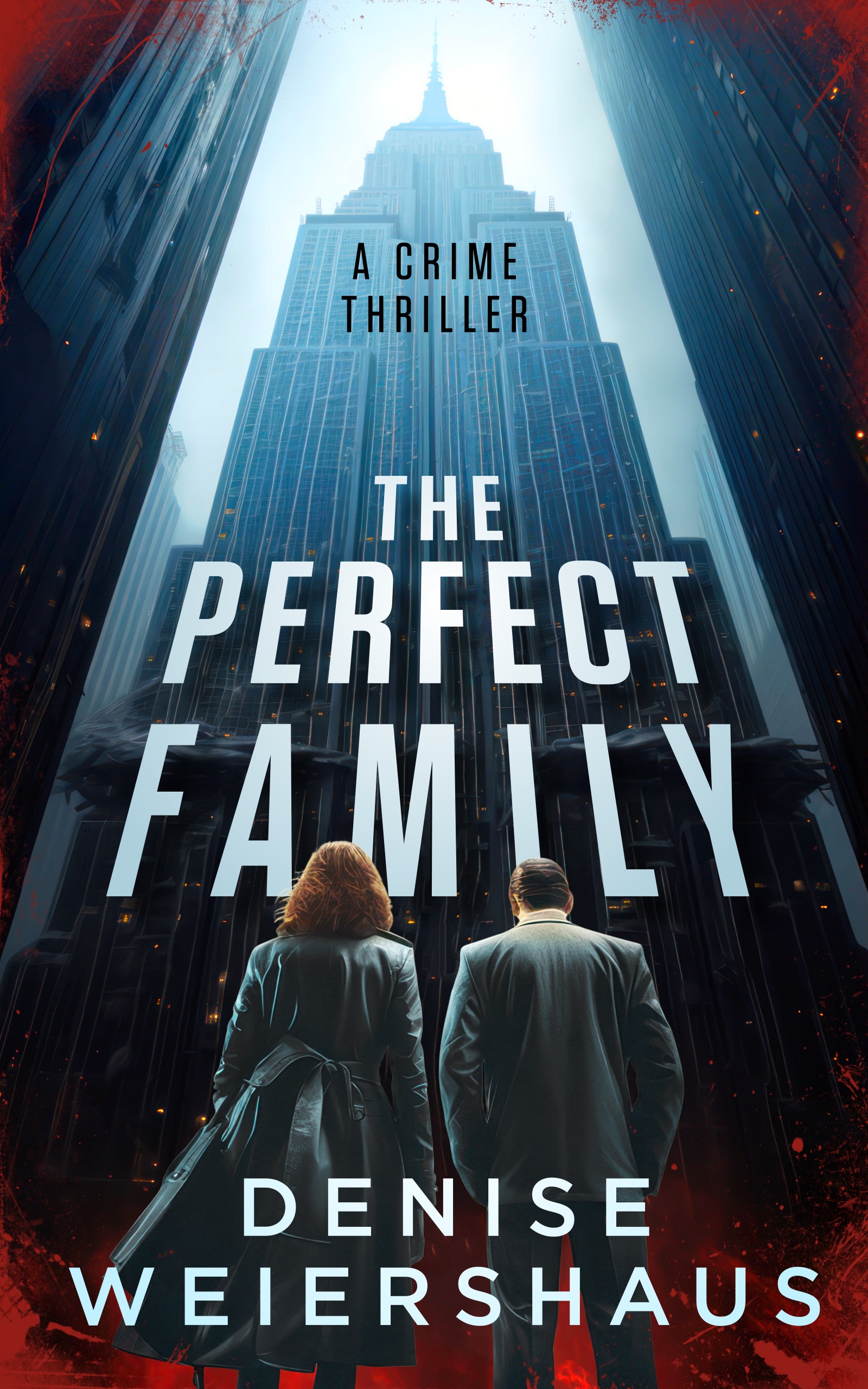
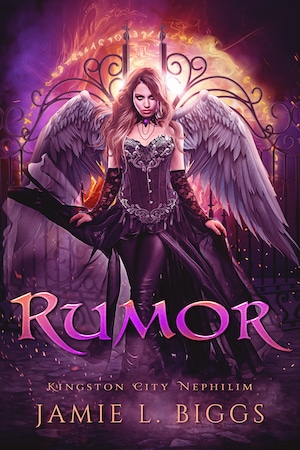
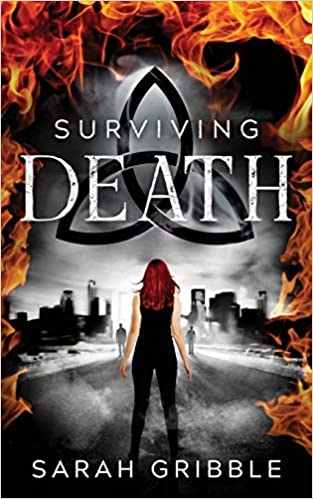
What is my genre?
(Fantasy/Fiction/Adventure)
What do I want my readers to feel at the end of the book?
(A sense of fulfilment mingled with anticipation & excitement.)
Which is more important in the book: the internal struggle or the external struggle?
(The girls’ internal struggle.)
Do I want to end the book with a sense of immediacy or a sense of wistfulness?
(I want it to end with a sense of suspense.)